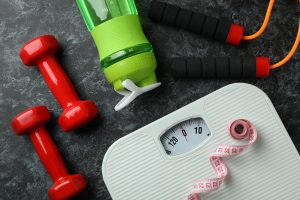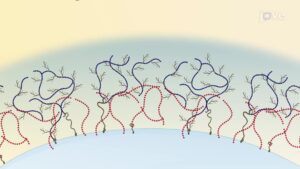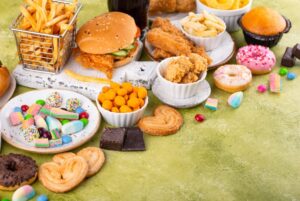Scrolling social media can leave anyone convinced that salads, fruit smoothies and tiny snack cups are the gold standard for getting lean. Yet thousands of exercisers discover the hard way that eating too little can be just as counter-productive as overeating. Metabolism slows, hormone balance suffers, and weekend binges undo weekday discipline. This article unpacks what “too healthy” really means, the science behind minimum calorie and protein thresholds, and practical strategies to nourish—rather than punish—your body for sustainable fat loss and muscle maintenance.
1. What “Too Healthy” Looks Like in Real Life
Common red flags include:
- Breakfast: a single banana and coffee
- Mid-afternoon: flavoured yogurt cup (≤ 100 cal)
- Dinner: lettuce-heavy salad with minimal protein
This pattern might total 900–1 100 calories—far below the resting metabolic needs (BMR) of most adults, let alone anyone who trains regularly.
2. Why Chronic Undereating Backfires
Energy intake below 1 200 kcal (NIH guideline) triggers an adaptive response:
- Cortisol elevation slows thyroid activity and reduces calorie burn.
- Muscle catabolism accelerates when protein intake is low, shrinking the very tissue that keeps metabolism high.
- Nutrient gaps (iron, omega-3s, B-vitamins) sap energy, impair immunity and elevate injury risk.
3. Protein & Essential Fats: The Non-Negotiables
Research recommends 1.2 – 1.6 g protein / kg body-weight to preserve lean tissue during weight loss (systematic review). Essential fatty acids—found in oily fish, nuts and olive oil—support hormone production and vitamin absorption. When calories are limited, these macros must take priority over added sugars and ultra-processed snacks.
4. Find Your Personal Calorie Floor
- Estimate Basal Metabolic Rate (BMR): multiply body-weight (kg) × 22 for men or × 20 for women.
- Add activity factor: light activity (× 1.4), moderate (× 1.6), heavy training (× 1.8).
- Create a modest deficit: subtract 300–500 calories, never dropping below 1 400 kcal for women or 1 600 kcal for men without professional supervision.
5. Balanced Daily Macro Targets
| Macro | Target Range | Primary Sources |
|---|---|---|
| Protein | 1.2–1.6 g/kg BW | Eggs, poultry, Greek yogurt, whey isolate |
| Carbohydrate | 3–5 g/kg BW | Oats, fruit, quinoa, sweet potato |
| Fat | 0.8–1 g/kg BW | Salmon, walnuts, olive oil, avocado |
6. Avoid the Weekend Binge Cycle
Binge episodes often stem from weekday under-fueling. Stabilise blood sugar and cravings with:
- Four balanced meals or three meals + high-protein snack.
- At least 25 g protein at breakfast to blunt late-day hunger (clinical study).
- Smart “treat” swaps—e.g., Greek yogurt parfait instead of frozen yogurt loaded with toppings.
7. Quick Checklist: Are You Undereating?
- Daily calories < 1 200 (women) or < 1 500 (men) for more than two weeks.
- Protein below 0.8 g/kg BW.
- Persistent fatigue, hair loss or stalled strength numbers.
- Strong weekend cravings for sweets or alcohol.
8. Sample 1 700-Calorie Day (≈ 65 kg Active Female)
- Breakfast: 2 scrambled eggs + spinach, 1 slice whole-grain toast, ½ avocado.
- Lunch: Chicken quinoa bowl with mixed veggies & olive-oil vinaigrette.
- Snack: Low-fat cottage cheese + berries.
- Dinner: Baked salmon, roasted sweet potato, steamed broccoli.
9. Action Steps for the Next 30 Days
- Track intake for one week to verify calories and protein.
- Raise protein to ≥ 1.2 g/kg and add essential fats if low.
- Introduce two resistance sessions and two 25-minute brisk walks weekly.
- Re-assess energy, strength and waist circumference—not scale weight alone.
Disclaimer: This content is for educational purposes and does not replace personalised medical advice. Consult a qualified professional before making major dietary changes.
Video Summary
To learn more about nutrition, fitness and health from professionals and experts, visit our channel and subscribe: https://www.youtube.com/@Vitality-and-Wellness



